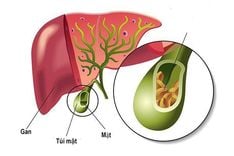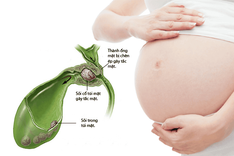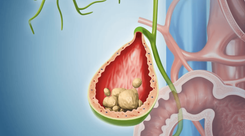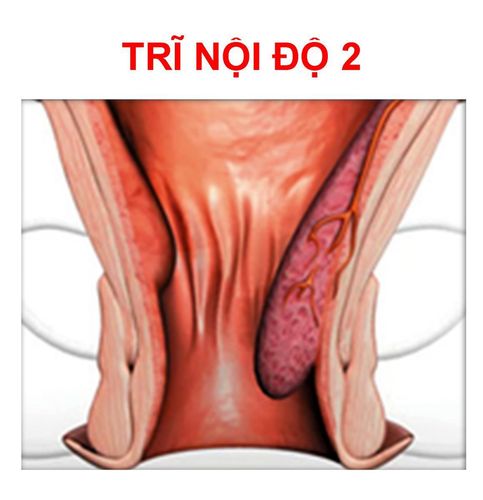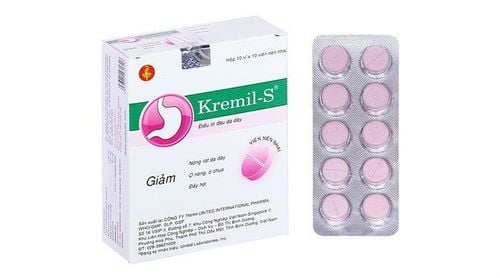The article is professionally consulted by a gastroenterology doctor from the Department of General Medicine & Internal Medicine - Vinmec Hai Phong International General Hospital.
Gastrointestinal endoscopy is used to evaluate bleeding status based on the Forrest classification. Duodenal bulb ulcer Forrest 3 is one of the categories in the Forrest classification.
1. What is Forrest 3 duodenal bulb ulcer?
Duodenal and gastric ulcers are assessed for bleeding status through gastrointestinal endoscopy based on the Forrest classification.
According to the Forrest classification, there are three levels of bleeding: F1, F2, and F3.
In gastrointestinal endoscopy using this classification, Forrest 3 represents the mildest condition. It indicates that the ulcer has just formed, with no signs of active bleeding or that bleeding from the ulcer has already stopped.
2. Classification of bleeding caused by duodenal bulb ulcers
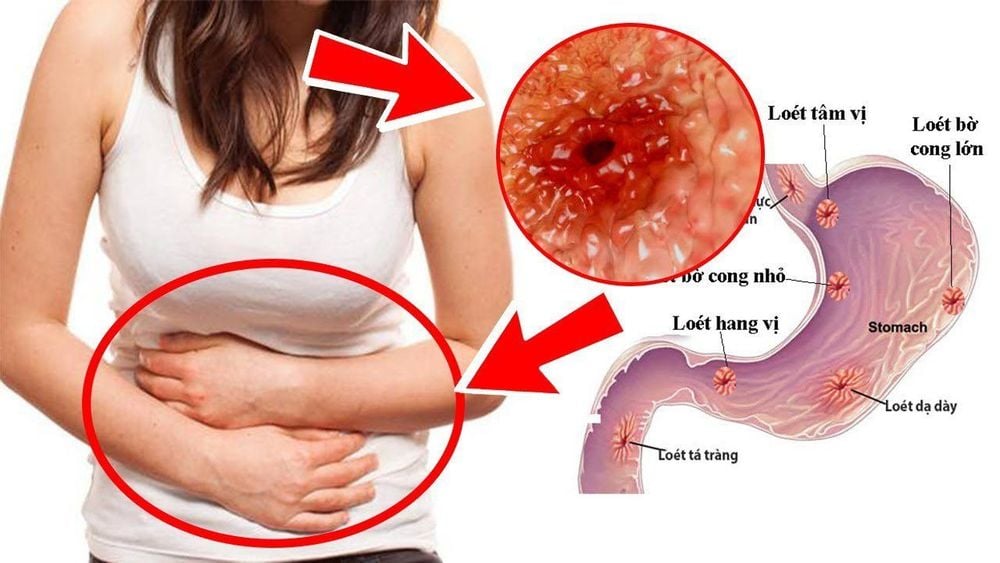
Forrest Classification
The Forrest classification is used to assess the bleeding status of gastric and duodenal ulcers through endoscopy.
- Forrest 1: Indicates severe bleeding, requiring immediate intervention to stop the bleeding and save the patient.
- Forrest 2: Represents a milder condition where bleeding has stopped, but there is a risk of blood clots dislodging.
- Forrest 3: Is the mildest condition, just monitoring and medical treatment.
3. Signs of Bleeding from Peptic Ulcers
- The patient often has a history of peptic ulcer disease.
- Vomiting fresh blood or blood clots mixed with food.
- Passing black stools.
- Abdominal pain: The patient may experience burning pain in the epigastric region, though severe pain is uncommon.
- Significant blood loss: Symptoms include dizziness, fainting, pale skin, sweating, and lightheadedness.
- Rapid pulse and low blood pressure.
4. What to do when having Forrest 3 duodenal ulcer
When having a Forrest 3 duodenal ulcer, the patient needs to follow the prescribed treatment plan by the doctor and schedule follow-up visits to assess the condition.
Adjust the diet and lifestyle: Avoid alcohol, beer, tobacco, spicy or sour foods, and carbonated drinks. Opt for easily digestible, soft foods, eat at regular intervals, and avoid stress. Do not use painkillers or anti-inflammatory medications. Take acid-reducing medications.
Eradicate H. Pylori (Helicobacter Pylori) if present.
Follow-up visits as scheduled.

